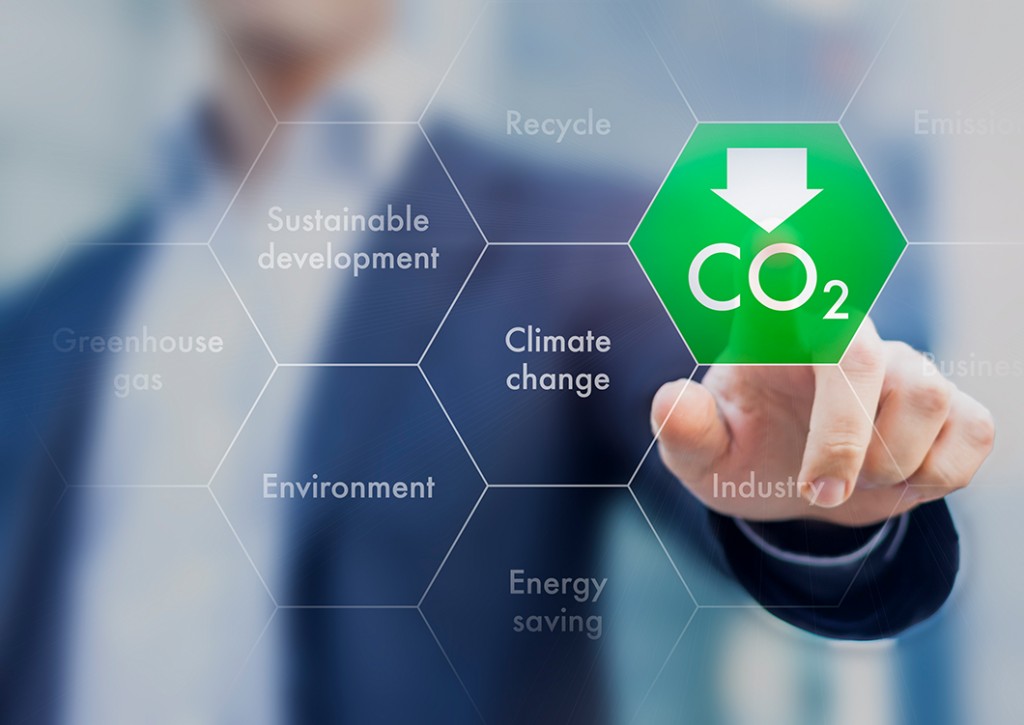
With the help of bacteria, versatile chemicals can be obtained from the harmful climate gas CO2. Respective processes have not been very economical so far. In a new research project, BAM is testing new materials to make the method more cost-effective and quickly scalable.
Germany recently adjusted its emission targets towards climate neutrality by 2045. Among other actions, a broadly applicable and at the same time decentralised processing of CO2 could make a contribution to this: with the help of green electricity and bacteria, numerous substances can be obtained from the climate gas carbon dioxide. Those can serve as starting materials for many special chemicals. The well-known processes of electrolysis and fermentation are combined: CO2 is first chemically reduced to CO and then metabolised by the bacteria. The resulting alcohols, acids and fats can be used in many ways.
“The so-called electrobiotechnology is a current research trend with great potential,” explains Tim Fellinger from the Bundesanstalt für Materialforschung und -prüfung (BAM). “In the struggle against climate change, technologies will also be needed in the future to reduce carbon dioxide emissions in a decentralised manner. Even better if useful substances are created in the process.”
It has already been proven that the process can create added value, but so far electrolysis and fermentation is carried out in two separate steps for this purpose, which demands more space and material. This is also since, up to now, silver or copper have been used as catalysts in the conversion of carbon dioxide. However, the costly metals do not get along very well with the beneficial microorganisms because of their antibacterial effect.
In cooperation with the Technical University of Munich, Tim Fellinger is now starting one of 14 national cooperation projects, which are funded by the German Research Foundation (DFG) in a priority programme.
Over the next three years, the chemist and his team want to develop carbon-based catalyst materials that are biocompatible and also significantly cheaper. Another decisive advantage is that electrodes with a significantly larger surface area can be developed that accelerate the reaction.
To this end, the scientists will first optimise the most promising materials in a new BAM special laboratory for energy materials, equipped with an electrolysis test stand, and then install them in a specially designed bioelectrochemical cell that combines the steps of electrolysis and fermentation.
“If our technology proves successful, it will be possible to scale it up quickly in the future,” says Fellinger. “It could then be used decentrally in many places; where carbon dioxide is constantly produced in production processes and for lack of alternatives is released into the atmosphere as a climate gas.”
Source
BAM, press release, 2021-05-21.
Supplier
Bundesanstalt für Materialforschung und -prüfung (BAM)
Technische Universität München (TUM)
Share
Renewable Carbon News – Daily Newsletter
Subscribe to our daily email newsletter – the world's leading newsletter on renewable materials and chemicals









